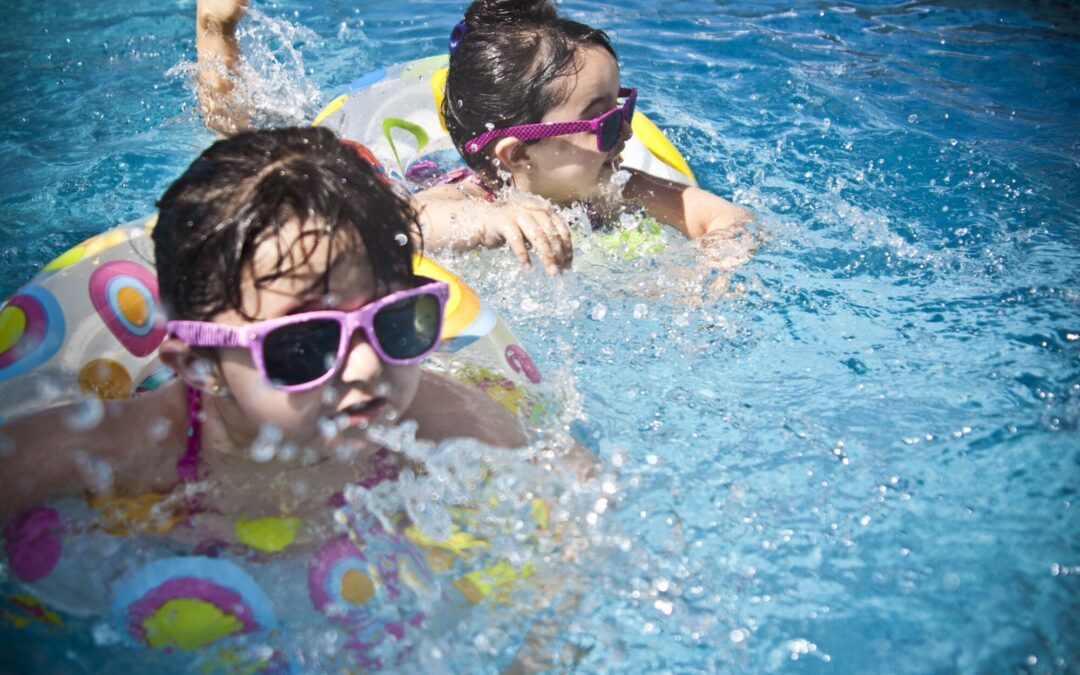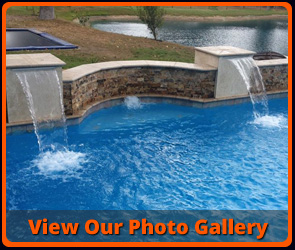A pool is a great addition to any resident. It allows you and your loved ones to relax and unwind. A pool creates a great space for throwing pool parties.
If you love to keep fit, a pool is a well-rounded exercise medium. And while it can make your home look like a resort, it also comes with various risks.
According to the Center for Disease Control and Prevention for accidental deaths among children, drowning is the second leading cause of death. In addition, there are countless injuries involving adults and children in and around swimming pools.
The good news is that you can incorporate pool safety features in your pool design. Create a safe pool environment for your friends and family by following these tips. Read on to learn more.
1. Location of the Pool
Location is one of the design factors that contribute to pool safety. You want to locate your swimming pool in a secluded area without many access points. The goal is to eliminate the risk of young teens or children falling into the pool.
The positioning should be close to the house for easy supervision. It is paramount to see what’s going on at the pool area, especially when you have kids.
2. Fences
When designing a pool, it is important to factor in a fence allowance. Think about how you want to secure the pool.
Consider the fencing materials you’d like to use. A childproof barrier will come in handy.
A fence helps to isolate swimming enthusiasts from the other people at the house. The fence should cover all the sides of the pool for maximum safety. Fencing will also provide the much-needed privacy.
To save on the fencing cost, the wall of your house could act as the fourth side of the barrier. But leave a reasonable boundary between the house and the pool.
3. Pool Alarms and Door Alarms
If you are familiar with fire alarms, then you have an idea of how a pool alarm works. The pool alarms that could be ideal for your pool include a pool immersion alarm, surface detection alarm, surface wave detecting an alarm, and so on.
Also, putting an alarm on the door that leads to the pool could increase pool safety. However, the design and planning need to accommodate this idea. If you don’t have a designated door that leads to the pool, a small gate will do.
The alarm ensures that you are alerted when anybody wanders to the pool without your permission. For instance, if your kids go to the pool without your supervision, the alarm will let you know.
4. Pool enclosure
A pool enclosure is another safety feature that you should factor in pool design. It can help to keep those who don’t swim, children, and pets from falling into the pool.
Lockable pool enclosures are much better. They allow you to accompany anyone who wants to swim to the pool. These are especially important if you have an inexperienced swimmer in your household.
Also, pool enclosures prevent raccoons and other animals from accidentally falling into your pool. The objective is to extend pool safety beyond family and friends.
Additionally, the enclosures reduce the pool’s exposure to insects. The pool users needn’t worry about allergies, bug bites, and so on.
When it comes to pool enclosures, you have two options. These are retractable and fixed pool covers.
You can choose will depend on your vision as well as the budget. The enclosure you settle on will enhance safety around the swimming pool.
5. Pool Depth
Diving into a shallow pool can lead to head, neck, shoulders, and brain injuries. These are life-threatening injuries that could also lead to paralysis.
Pool depth plays an integral role in pool safety. There are different types of swimmers. Those who are more accomplished may relish diving.
For a pool to accommodate diving, it has to be deep enough. Children can safely dive into a pool that is 4 feet deep. Recreational diving requires about 6 feet of pool depth.
6. Warning Signs
Pool designs should incorporate depth indicators. The goal is to ensure that visiting pool users are aware of the depth. “No Diving” signs will also come in handy if your pool design does not allow diving.
Pool water sometimes appears deeper than it is. If you cannot estimate the depth, you can dive and get hurt. Clear bottom pool markings that show depth can prevent such accidents from happening.
7. Pool Lighting
Swimming at night is exhilarating, but quite dangerous. Adding proper pool lighting to your design could eliminate the risk involved in swimming when it’s dark.
Pool lighting is not complex. Nonetheless, it is sensitive and could lead to other risks, such as electrocution. For these reasons, you need pool lighting experts for the installation process.
8. Safety Net
Modern pool designs should accommodate a safety net. It is a pool safety feature that you can attach to the edges of your pool. Although it is versatile, accommodating pool shape designs are ideal for this type of cover.
If you don’t like rigid and solid pool covers, a safety net will do the job. While it may not keep leaves from falling into your pool, it can protect children and adults. A pool net can withstand the weight of two adults and a child.
Want a Design that Incorporates Pool Safety?
If you are about to build a swimming pool within your residence, talk to the pool experts. We are specialists in custom pool building.
To us, pool safety always comes first. When it comes to designing a pool, we will walk with you every step of the way.
Contact us today to schedule a free consultation. We are located in Texas and we serve homeowners in Katy TX, Brookshire TX, Richmond TX, and other surrounding areas.




